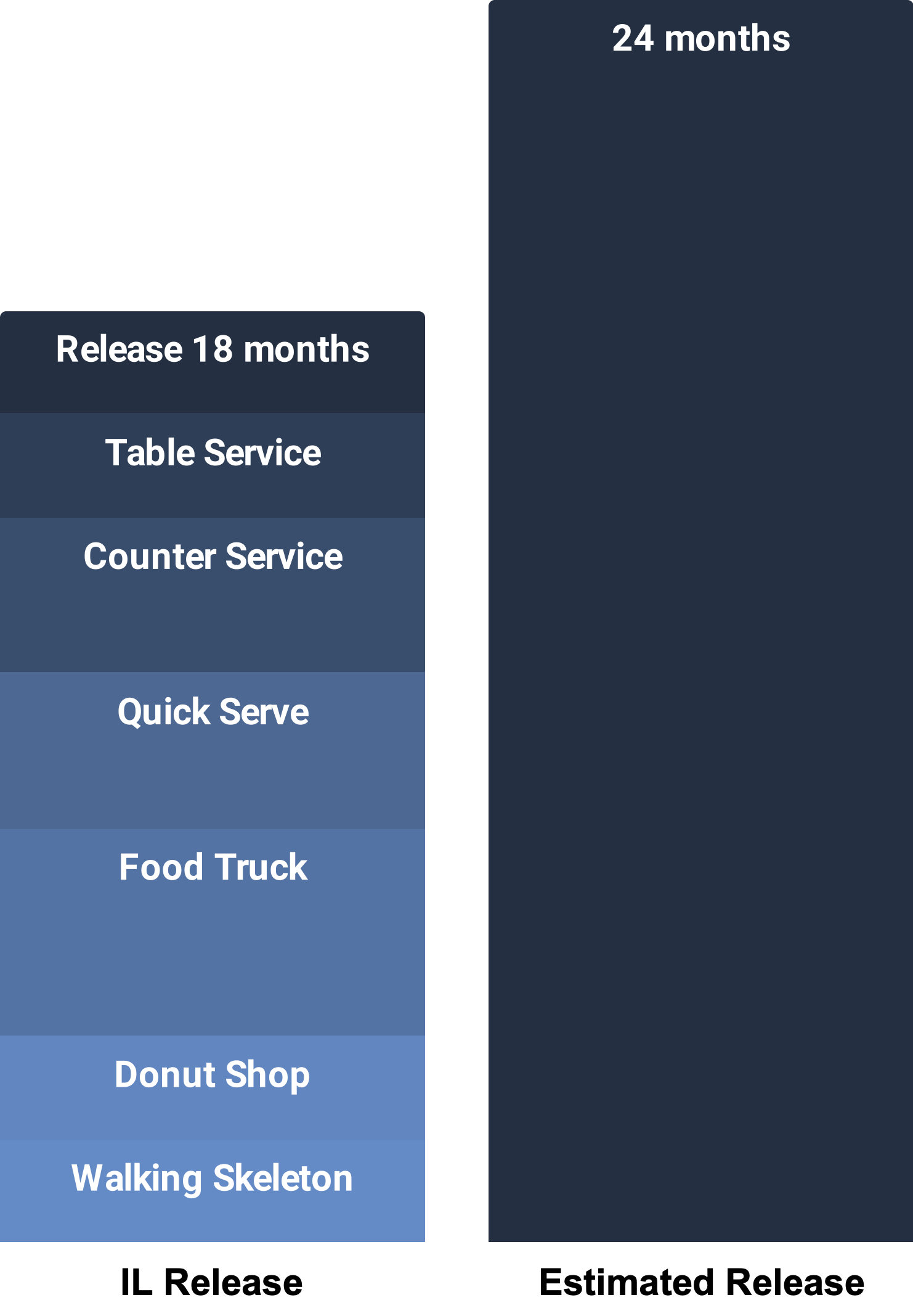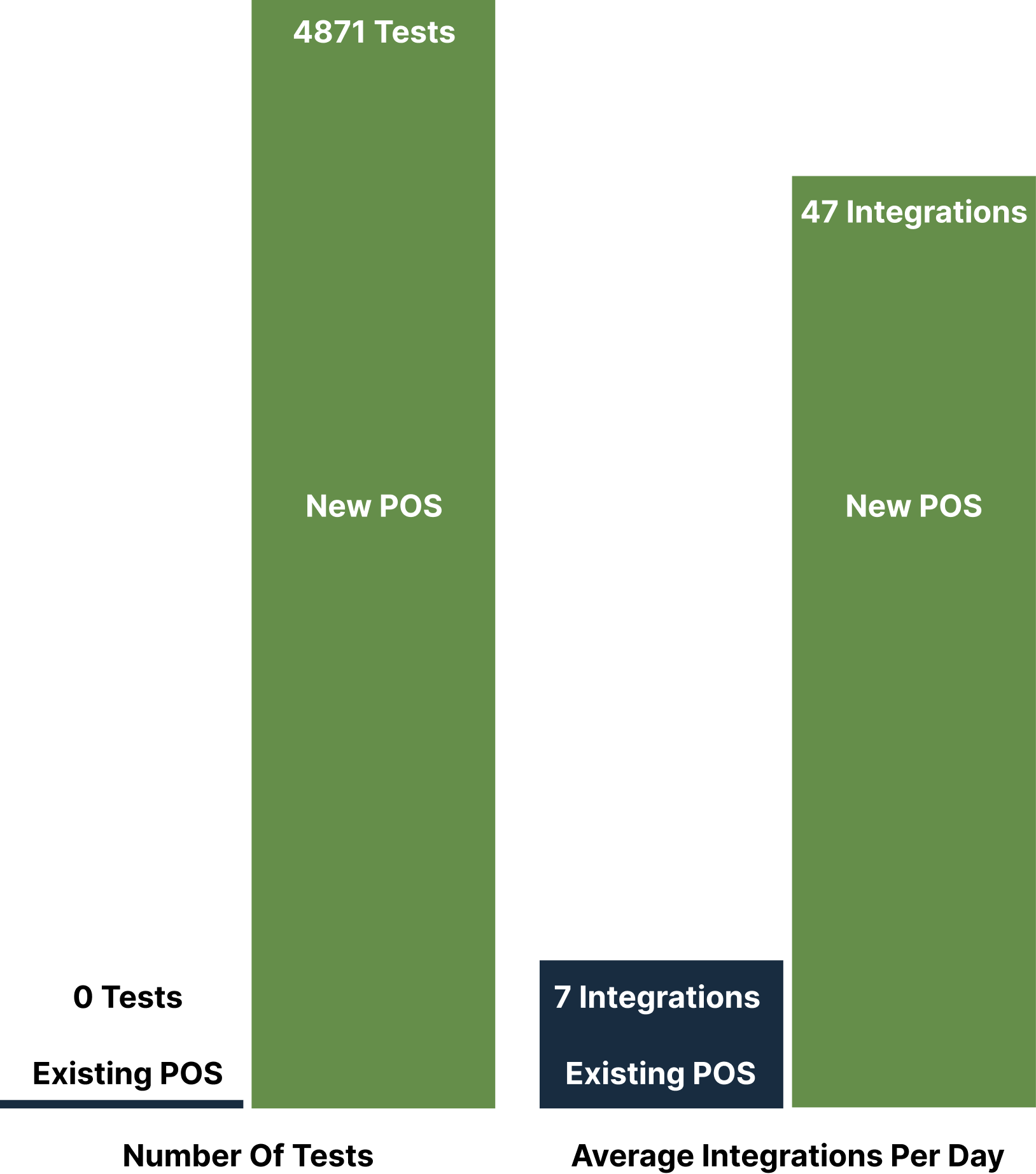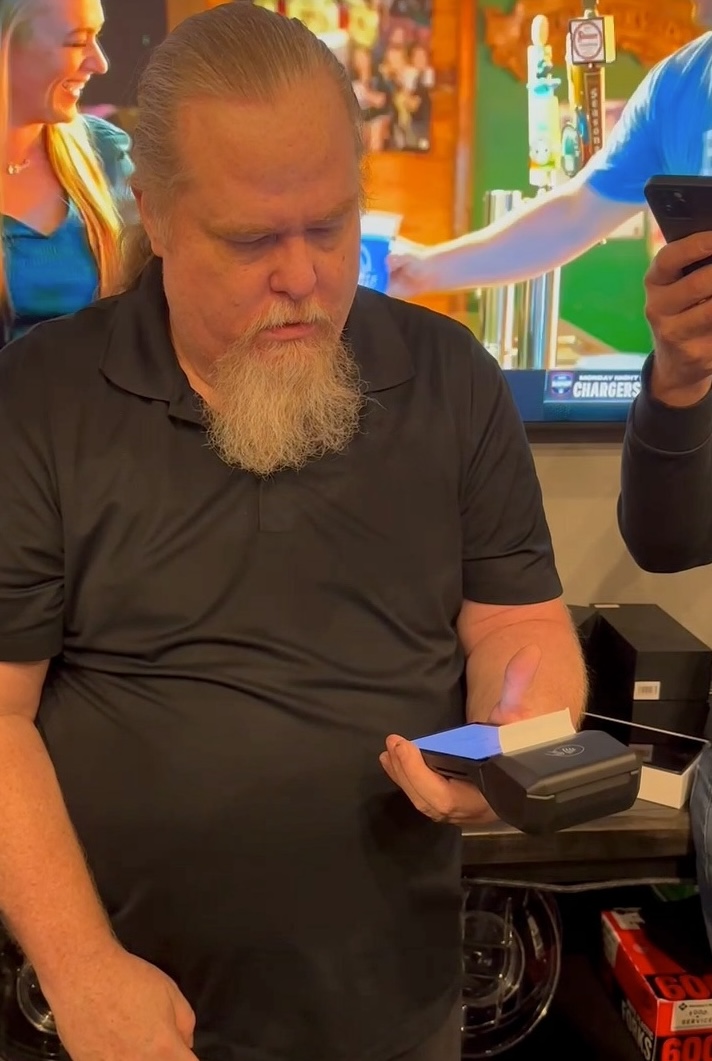Industrial Logic delivered the new point-of-sale 25% faster than originally estimated by the
organization. However, we were poised to release after only 4 months when we completed the donut shop
release!
The Evolutionary Product Roadmap prioritized the minimal features needed to reach the next customer
demographic. Taking this approach allowed all groups needed for releasing the product (which includes
testing, marketing, documentation) to engage throughout the development of the new POS.
Initial feedback from customers using the new POS applauded the new UX, how easy it was to use (as it
was compatible with the old POS), and the new mobile form factor device.












